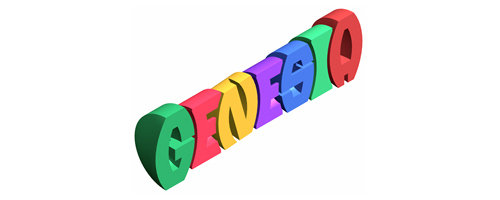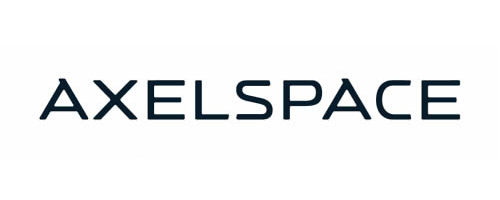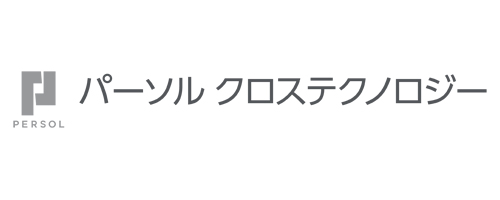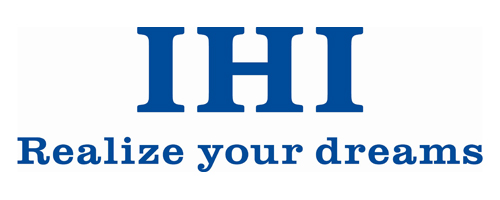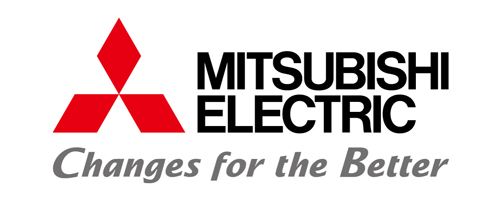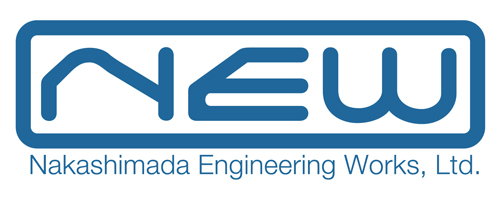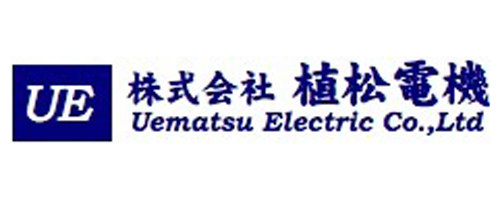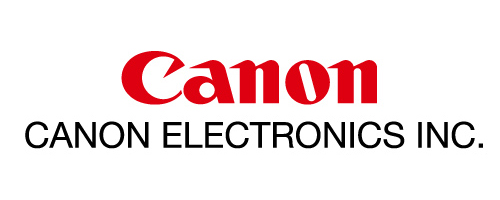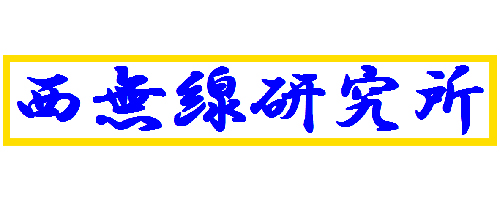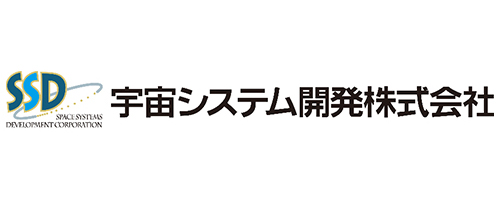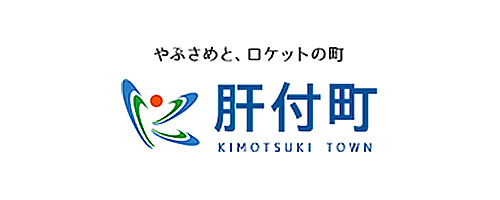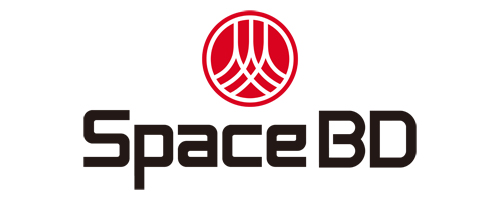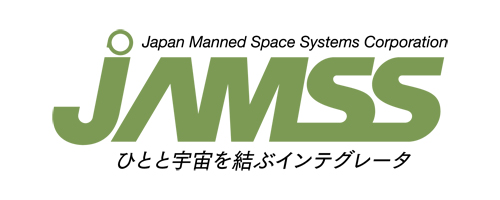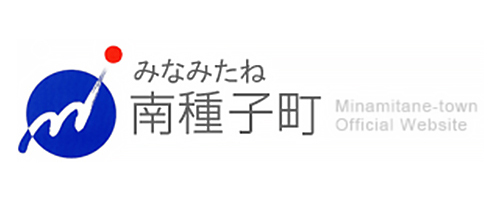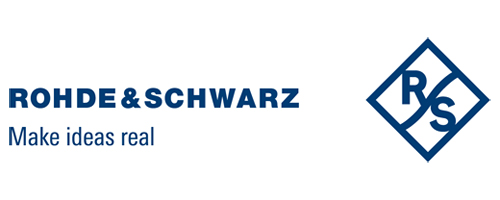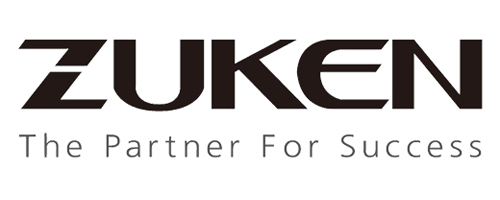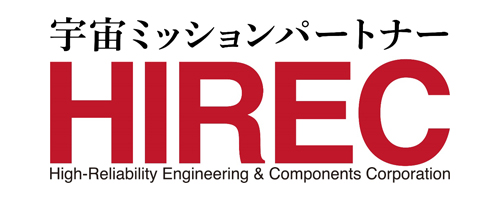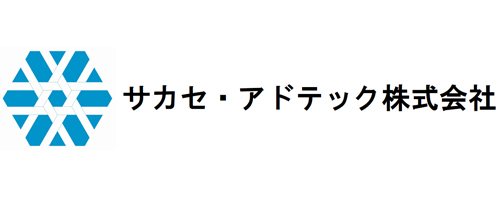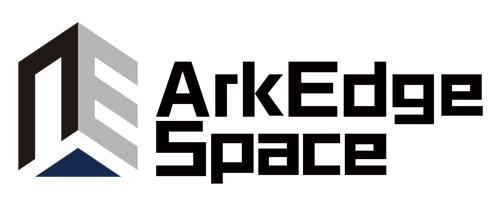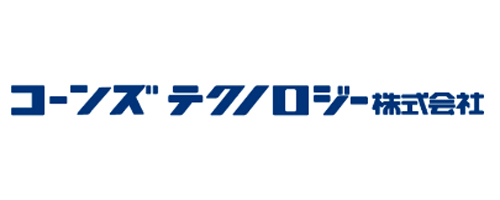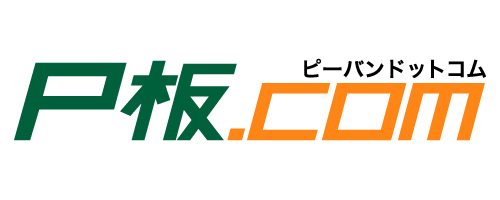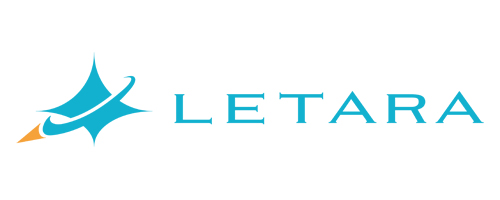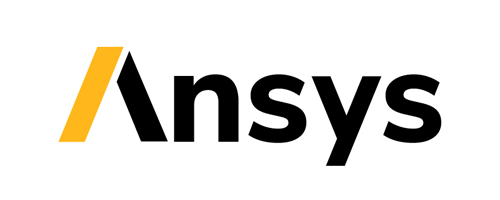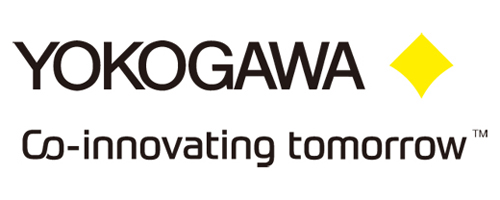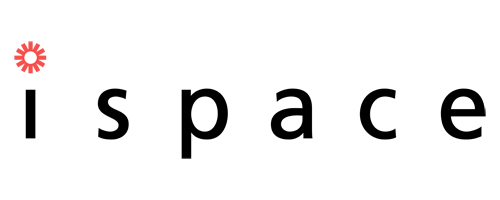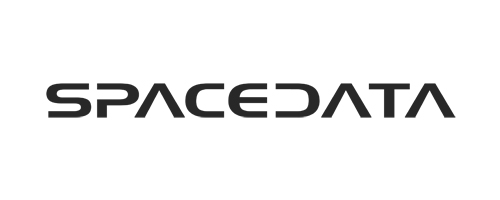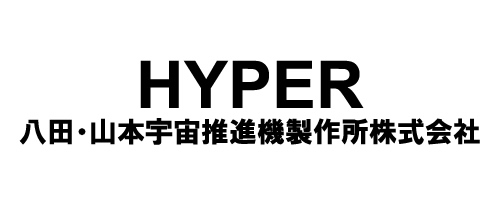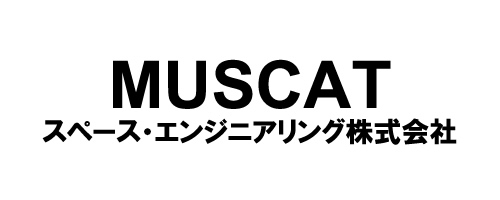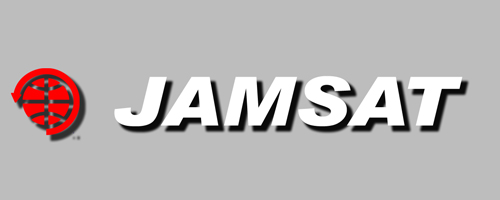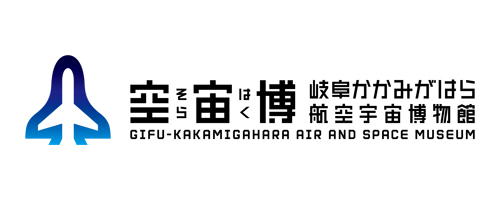18th ARLISS competition was held in September 11-16, 2016.
19 teams from all over the world participated in the event, 13 from Japan, 2 from Korea, 2 from US, 1 from Egypt, and 1 from Peru. The competition was held in cooperation with AeroPac in Black Rock Desert of Nevada, USA.
| Schedule | Content |
|---|---|
| September 11th, Sunday | Preparation |
| September 12 – 15, Mon – Thu | Opening ceremony / Competition |
| September 16th, Friday | Breakfast meeting |
In this year’s ARLISS, comeback competiton and mission competition took place. There were three awards in total. Comeback competition had two awards, accuracy award for how close the CanSat came to the goal and technology award for excellence in skills used. Mission competition had best mission award where the winner was chosen by vote.
Detail of the Competition
September 11th
【Preparation / Networking event】
All the participants of ARLISS gathered at noon in Bruno’s Country Club at Gerlach, NV, which is the closest town to the desert. They had a preparatory meeting regarding safety precautions and networking event.
Each participants explained their CanSat’s specification. After the meeting, people had free talk time with other members where they had active discussion on each other’s CanSat’s technology.






After the meeting, all the members went to the launch site by car. This day, the weather was bad so the caravan had to stop for few times and wait for the sandstorm to go away. At the launch site, they prepared the tent. The wind was too strong that they could not put the cloth over it.
After the tent preparation, each member were allowed to go to launch site and took GPS data of the point.



September 12 – 15
【Opening Ceremony / Competition】
Opening ceremony was held form 8am on the 12th. Prof. Nakasuka from the University of Tokyo gave a speech, and Ken from Aeropac gave notice on precautions and said opening remarks. After the ceremony, all the participants and members from AeroPac took a group photo. The wind was calm on this day and it was a perfect day for the launch.

The weather stayed nice and smooth throughout the competition. It was a perfect situation for us to launch CanSat.
On the first day, many groups were still trying to fix up the CanSat, so not much CanSat were launched. They tested their CanSat in the desert and changed configuration to adjust.

2nd day was also a good day for launch. However, many groups were still fixing their CanSat.
Team Stella from Aichi Institute of Technology marked 5.81m in the comeback competition.


On the third day, the sandstorm was severe during the morning and rockets could not be launched until the afternoon. Many CanSats were launched in the afternoon. However, since the wind was strong, many CanSats landed far from the launch site. Few groups lost their CanSats, but thanks to the help of the others, every CanSat was found by the end of the day.


On the last day, many team tuned their CanSat and launched it. In the morning, Team Grenouille from the University of Tokyo marked 3.76m, and in the afternoon, Team Cake’s from University of Electro Communications marked 4.80m.


This year, we had a really good weather and we expanded our radio system in our headquarter. Therefore, this year’s competition went smoothly. We did not have any CanSat lost and we did not have any accidents in the desert.
September 16th
Breakfast meeting
On September 16, the next day after the competition ended, each team gathered and presented their results in five minutes. Voting for the mission competition was held after the presentation. They were evaluated on following criteria: mission success level, significance of mission, uniqueness of technology, and quality of presentation.
At the end of the meeting, Prof. Nakanishi from Tokyo Institute of Technology gave a final remark.








We would like to say a word of gratitude to AeroPac, supervisors who have participated in safety review, ARLISS student committee, and all the ARLISS participants. We were able to finish the competition safely again due to everyone’s support. Thank you very much.
Results / Records
| Country | Team name | Comeback(m) | |
|---|---|---|---|
| 1st try | 2nd try | ||
| Japan | University of Electro-Communication, Cake’s | 872 | 4.8 |
| Japan | Japan Science Foundation | Mission Competition | |
| Japan | Aichi Institute of Technology, STELA | 5.81 | (2239) |
| Japan | Tokyo University of Science, Asahi | (2362) | (4701) |
| Japan | Tokyo Denki University TDU Space Project | (829) | ― |
| Japan | Tokyo Metropolitan University, TMU*CAN | (3097) | (5290) |
| Japan | Keio University, Keio Team Wolve’Z | (2390) | 377 |
| Japan | University of Electro-communication HighBall | Mission Competition | |
| Japan | Kyushu Institute of Technology KITCATS | (3179) | ― |
| Japan | Shibaura Institute of Technology, Satellite team AMPM | (4828) | (3775) |
| Japan | Tokyo Institute of Technology BALDRE | Mission Competition | |
| Japan | Tokyo Institute of Technology STALKS | Mission Competition | |
| Japan | Tokyo University Team Grenouille | (6869) | 3.76 |
| South Korea | Seoul National University SNUSAT | ― | ― |
| USA | University of Nevada,Reno Project Starbird | ― | ― |
| USA | University of Nevada,Reno UNR ARLISS Club | ― | ― |
| PERU | Universidad Nacional De Ingenieria PLAYTEC PERU CANSAT TEAM | ― | ― |
| USA | University of Louisiana at Lafayette | ― | ― |
| South Korea | Kumoh Institute of Technology IRL | (1329) | ― |
| Egypt | Cairo University | (2960) | ― |
[Comeback Competiton]
| 1st | Tokyo University, Team Grenouille |
|---|---|
| 2nd | University of Electro-Communication, Cake’s |
| 3rd | Aichi Institute of Technology STELA |
| 4th | Keio University, Keio Team Wolve’Z |
| Fight mechanism | Kumoh Institute of Technology, IRL |
|---|---|
| Comeback algorithm | University of Electro-Communication, Cake’s |
| Ground locomotion mechanism | University of Tokyo, Team Grenouille |
| Innovative System | Seoul National University SNUSAT |
[Mission Competiton]
| 国名 | 団体名 | Mission success level at ARLISS | Significance of mission | Uniqueness of technologies | Quality of presentation | Total |
|---|---|---|---|---|---|---|
| Japan | Japan Science Foundation | 4.200 | 3.071 | 2.429 | 2.067 | 11.767 |
| Japan | Tokyo University of Science, Asahi | 1.643 | 3.154 | 3.692 | 2.077 | 10.566 |
| Japan | University of Electro-communication HighBall | 2.357 | 3.929 | 3.462 | 2.286 | 12.033 |
| Japan | Kyushu Institute of Technology KITCATS | 1.929 | 2.857 | 3.000 | 2.077 | 9.863 |
| Japan | Shibaura Institute of Technology, Satellite team AMPM | 1.786 | 3.500 | 3.385 | 2.000 | 10.670 |
| Japan | Tokyo Institute of Technology BALDRE | 4.000 | 4.333 | 4.733 | 2.600 | 15.667 |
| Japan | Tokyo Institute of Technology STALKS | 3.154 | 3.667 | 4.385 | 2.417 | 13.622 |
| South Korea | Seoul National University SNUSAT | 2.133 | 3.600 | 4.600 | 2.467 | 12.800 |
| Peru | Universidad Nacional De Ingenieria PLAYTEC PERU CANSAT TEAM | 2.071 | 2.786 | 2.429 | 1.933 | 9.219 |
| 1 place | Tokyo Institute of Technology, BALDRE |
|---|---|
| Best Performance(Mission success level at ARLISS) | Japan Science Foundation |
| Significance of mission | Tokyo Institute of Technology, BALDRE |
| Uniqueness of technologies | Tokyo Institute of Technology, BALDRE |
[All division]
| UNISEC Award | University of Electro-communication HighBall |
|---|


